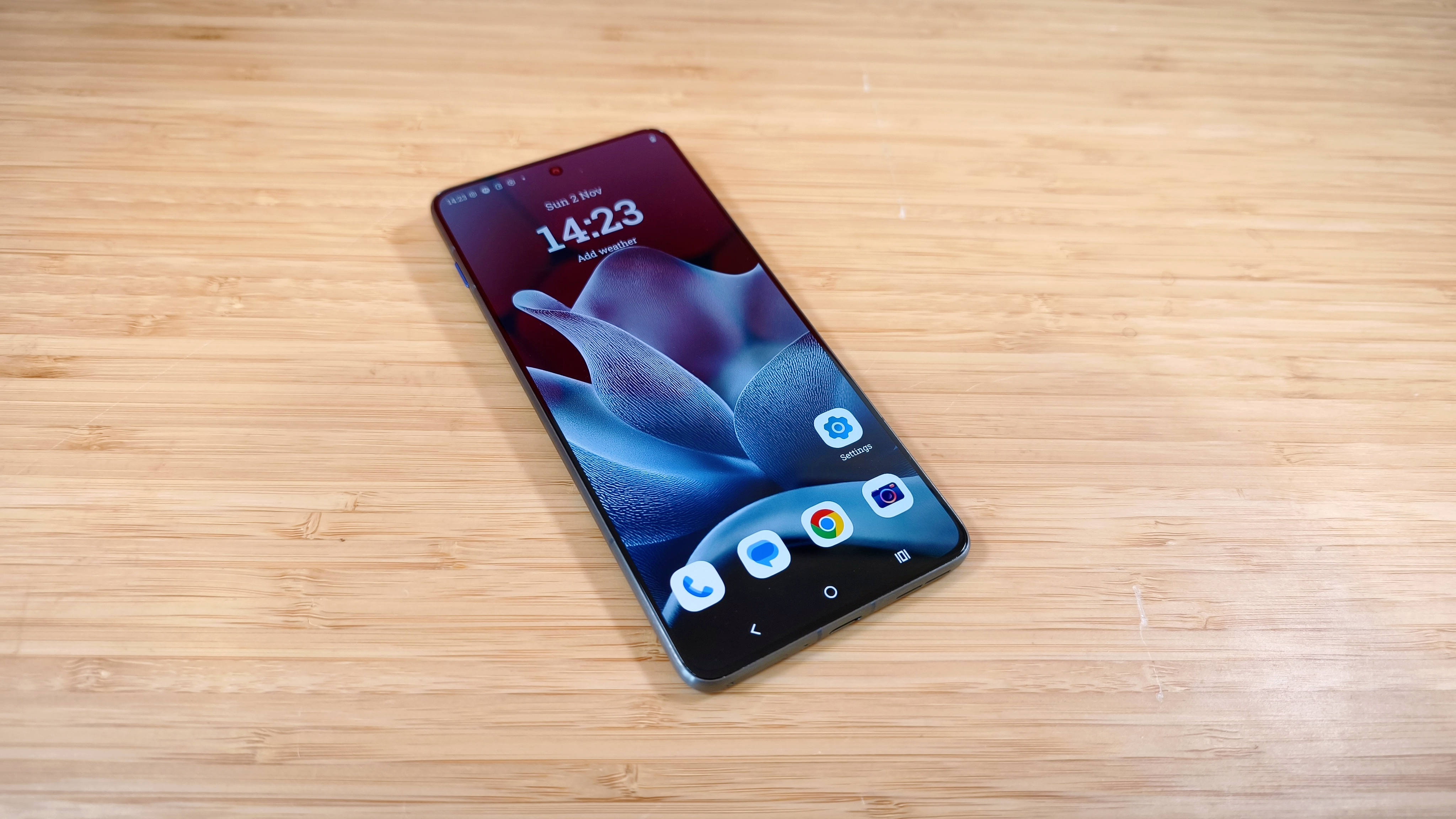Behind the scenes at Renaissance
French animated feature film, , was brought to life by newcomers low on experience and high on vision.
Renaissance is set in Paris in the year 2054. Inspector Karas is charged with tracking down Ilona, a missing scientist from the Avalon Corporation. But soon, Karas discovers that Ilona may hold a secret that could change the future of mankind.
From the beginning, Marc Miance, head of motion capture house Attitude Studio, Onyx Films producer Aton Soumache and director Christian Volckman wanted Renaissance to feel like a live action feature film, even though it would be rendered entirely in flat blacks and whites.
The early stages of the project date back to 1997, well before Robert Rodriguez decided to work on Sin City and Robert Zemeckis on The Polar Express. And yet Miance had already envisioned the potential of shooting a feature film entirely in motion capture and rendering it in a non-photorealistic way.
With only a short demo and a treatment, they started to look for financial backing. Back then, Miance was not yet 25 years old, Attitude Studio had not been launched and no European studio had the capability to take on such a project. It all had to be built from the ground up. It was also going to be Christian Volckman's first feature film, and Aton Soumache had only ever produced short films.
Despite this lack of experience, the project they pitched was gutsy: an animated feature film aimed at teens and adults, a futuristic thriller in a country not renowned for genre films, and a black and white render to which audiences are unaccustomed. And yet, they managed to secure a budget of 15 million euros, with help from Path and Miramax.
A new approach
On the technical side, the team pretty much turned the film workflow upside down: "We began by creating 3D animatics based on the storyboards," says Miance. "It provided everyone with a very good feel for the film long before the first frame was even shot." Filming took nine weeks, using 24 HD Vicon cameras on a 10x6-metre set.
"After the shoot," says Miance, "Christian had his actors' complete performances recorded in a 3D environment. With his iron self-discipline, he could have done virtually an infinite number of versions of the film!" After treating all the mocap data with MotionBuilder, Volckman simultaneously worked on framing and editing his film.
Daily design news, reviews, how-tos and more, as picked by the editors.
This framing/editing stage took about five months. Then, the animators took over and refined the animation for the mocapped characters, keyframing specific elements. Video references recorded during the mocap process were used to assist the animators.
Syflex was used to create ultra-realistic clothes simulation for over 140 characters. "Because of our flat black-and-white rendering, we had to check very closely how the folds of the fabric would react to the lighting to ensure that the characters' silhouettes remained readable," says Miance.
Since this was designed as a live action film, the crew had to attend to the finest details. "To make our 2054 Paris genuine and believable, we had to recreate it as a real live set. This meant populating the streets with hundreds of extras, just as if we had filmed in Paris," says Miance.
"It may not be obvious when you read the script," he continues, "but technically Renaissance is a 'crowd movie': about 300 shots had to be populated. Most of them have less than 100 extras and were done traditionally, by aggregating characters animated with motion capture data. But the bigger sequences required up to 5,000 extras and so, for over 100 shots, Attitude used Massive to populate the Parisian streets."
Mastering depth of field
The most obvious work in Renaissance is the stylised black-and-white rendering. "We developed a specific shader for this," says Miance, "but the most interesting part of this work was in coming up with new visual codes: how do you communicate depth of field or transparency in flat black and white?"
For depth of field, the team discovered that by first blurring the background then sharpening it, they obtained rounded soft shapes. For transparency, they simply used various shades of flat grey to great effect.
The main challenge of this visual style was anticipating the final look of animations. "For example, with such stark lighting," says Miance, "minute moves can drastically alter the meaning of a facial expression. So we devised a special preview system that enabled the animators to see instantly how the animation would look when rendered."
"The process of designing the final look involved much trial and error, but I think it really paid off in the end, combining a film noir atmosphere with a futuristic version of Paris," Miance concludes. Indeed, the city looks striking and disquieting - Volckman and his team have built on the Parisian architecture and tweaked it for a futuristic look - making it one of the film's obvious highlights.
INFO Marc Miance is the general manager of Attitude Studio, France. To view images and a trailer for Renaissance, visit www.renaissance-lefilm.com.

The Creative Bloq team is made up of a group of art and design enthusiasts, and has changed and evolved since Creative Bloq began back in 2012. The current website team consists of eight full-time members of staff: Editor Georgia Coggan, Deputy Editor Rosie Hilder, Ecommerce Editor Beren Neale, Senior News Editor Daniel Piper, Editor, Digital Art and 3D Ian Dean, Tech Reviews Editor Erlingur Einarsson, Ecommerce Writer Beth Nicholls and Staff Writer Natalie Fear, as well as a roster of freelancers from around the world. The ImagineFX magazine team also pitch in, ensuring that content from leading digital art publication ImagineFX is represented on Creative Bloq.
